Hello pinmapplers!
And we continue to discover Santander, this city in the north of Spain, with elegance and charm, and even more these days on Christmas days, so illuminated and special.
We have covered the most characteristic part, the entire promenade of the bay, since it is a northern city but sheltered from the cold winds as we are facing east within a bay. But if we continue walking in a northerly direction until we reach the other, outermost coast, we discover a strange place, an unexpected place, a peninsula, it is not quite an island, but very special, a green and natural space that delights of everyone who decides to visit it and walk along its tortuous but very pleasant paths.
It is the Magdalena Peninsula, and it is a peculiar natural space, which seems to have nothing to do with the city of Santander itself, but it is part of this urban enclave, which is why Santander is a unique city.
As soon as we get to one side we see some small red tourist trains but now out of service because at Christmas they take them to the center of the city full of lights and Christmas songs, hence, as I mentioned in a previous post A magical tour around Christmas lights in Santander (II), citizens call this train "Madaleno”. But now they weren't. But we continue walking from the entrance and in a few minutes we already see signs that inform us of the feeding hours of the penguins and sea lions. How?
Suddenly we realize that there is a marine zoo open right there, and indeed, although it was not lunch time, we did see the penguins, and even a somewhat more shy sea lion.
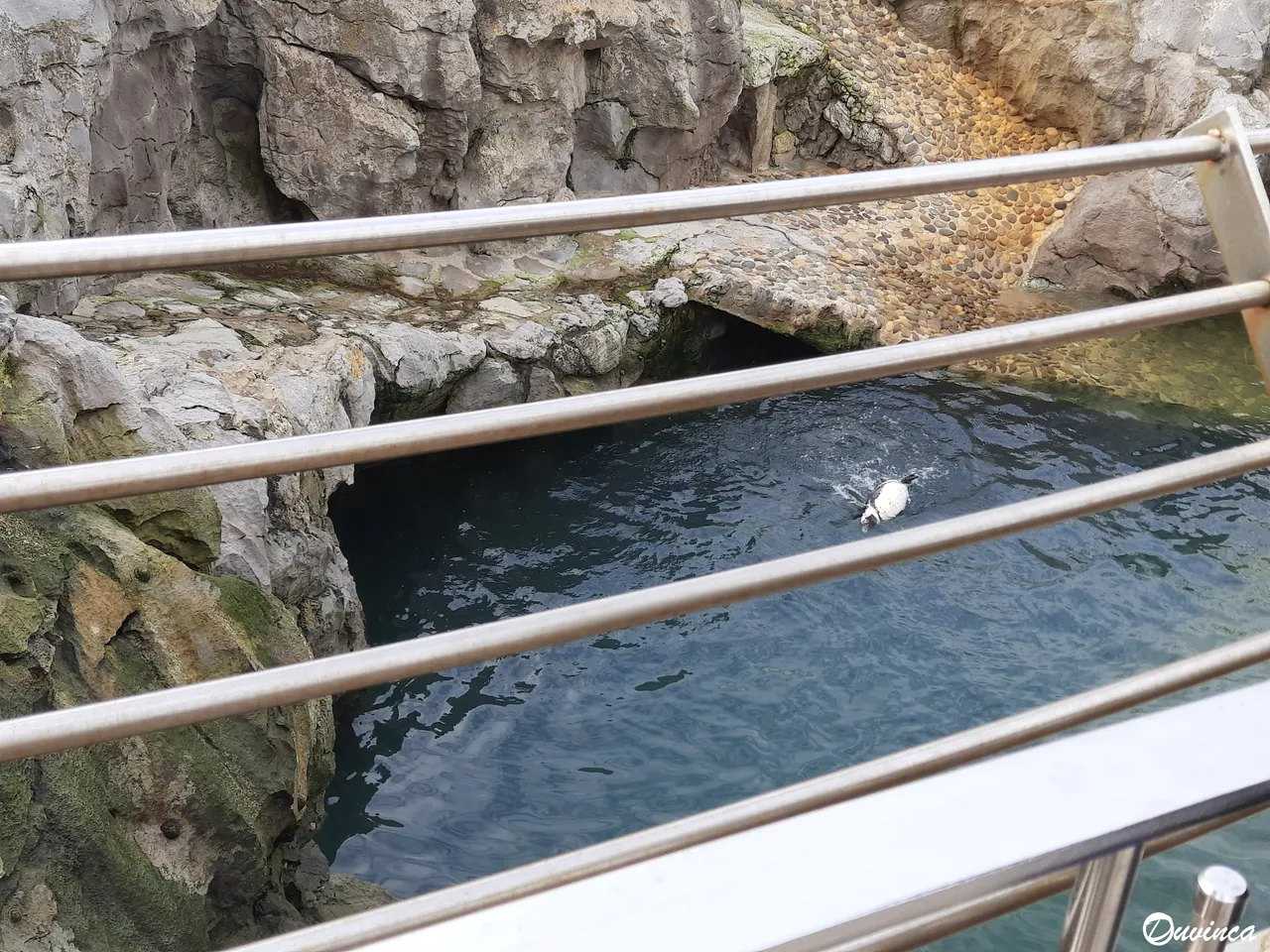


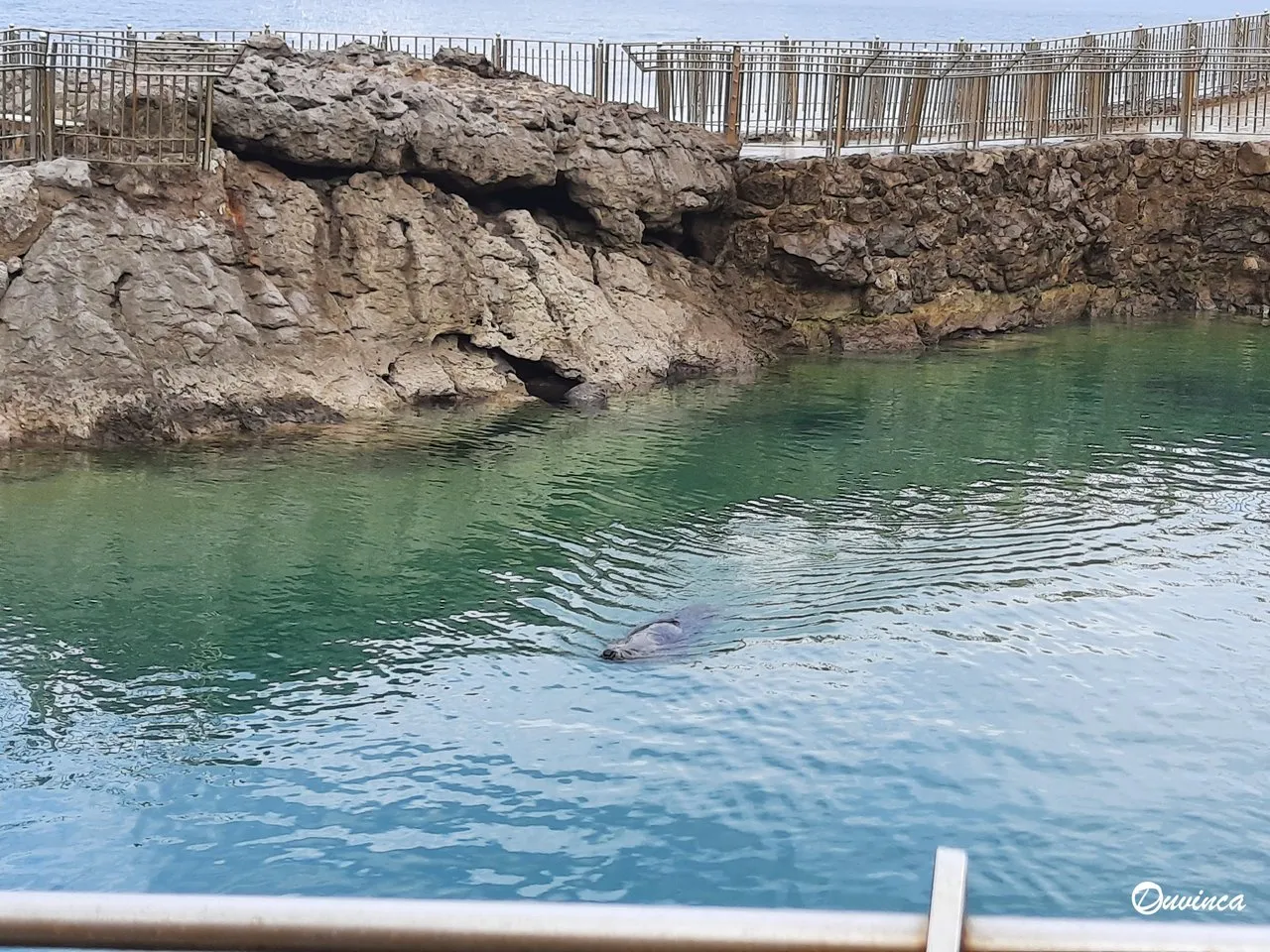


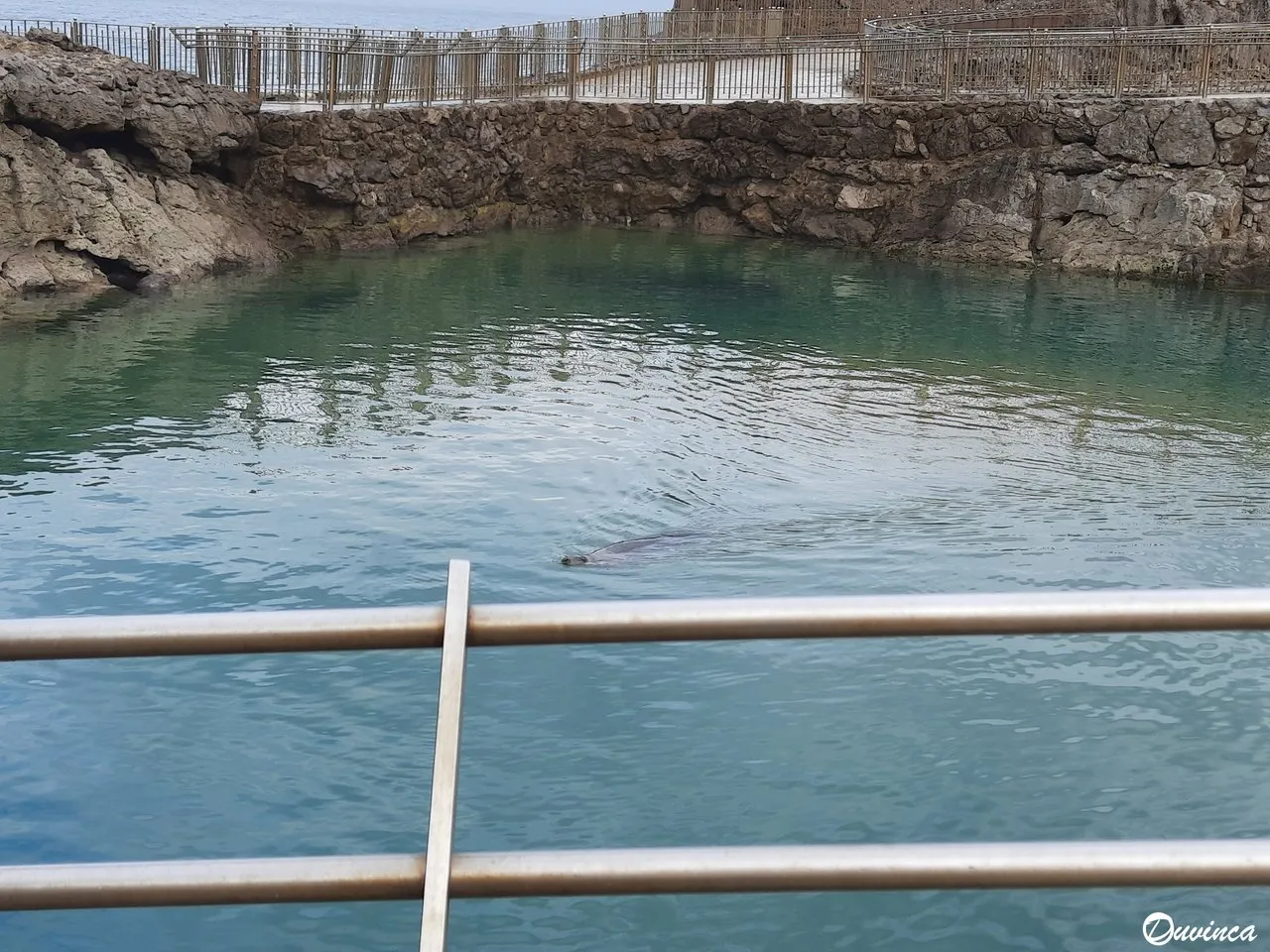
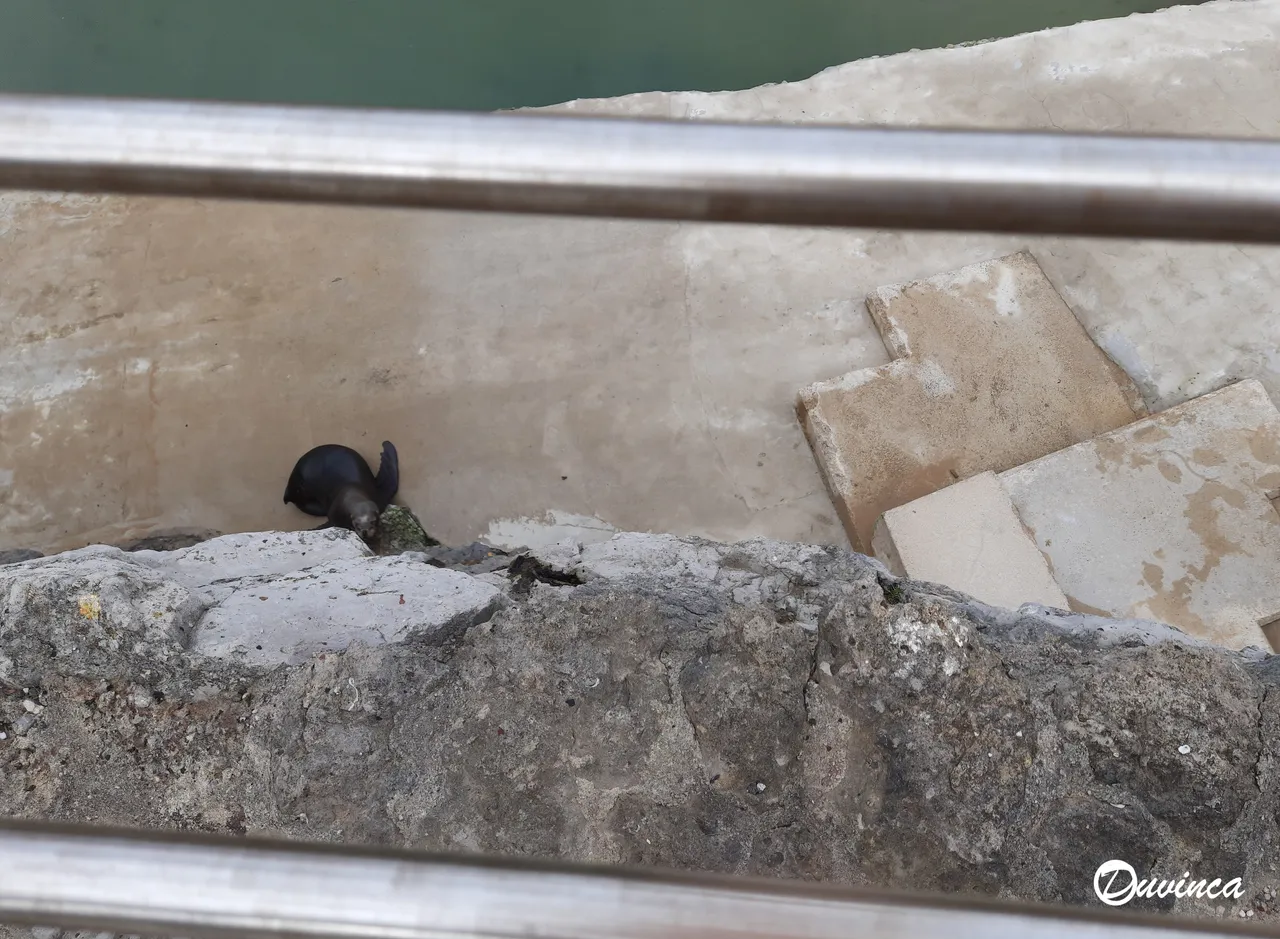
Although another part of the path was closed due to the strong waves that crashed against the rocks, there the open sea (it is no longer the part of the bay) becomes stronger and rougher at times. The strength of the Cantabrian Sea.






But although it is a small zoo, it is very different and certainly special, in addition, we not only see marine animals, but also around us different birds that are accustomed to walkers and tourists. And they seem to follow us as we move along the path of the non-island, we must keep remembering that it is a peninsula and can be accessed on foot.

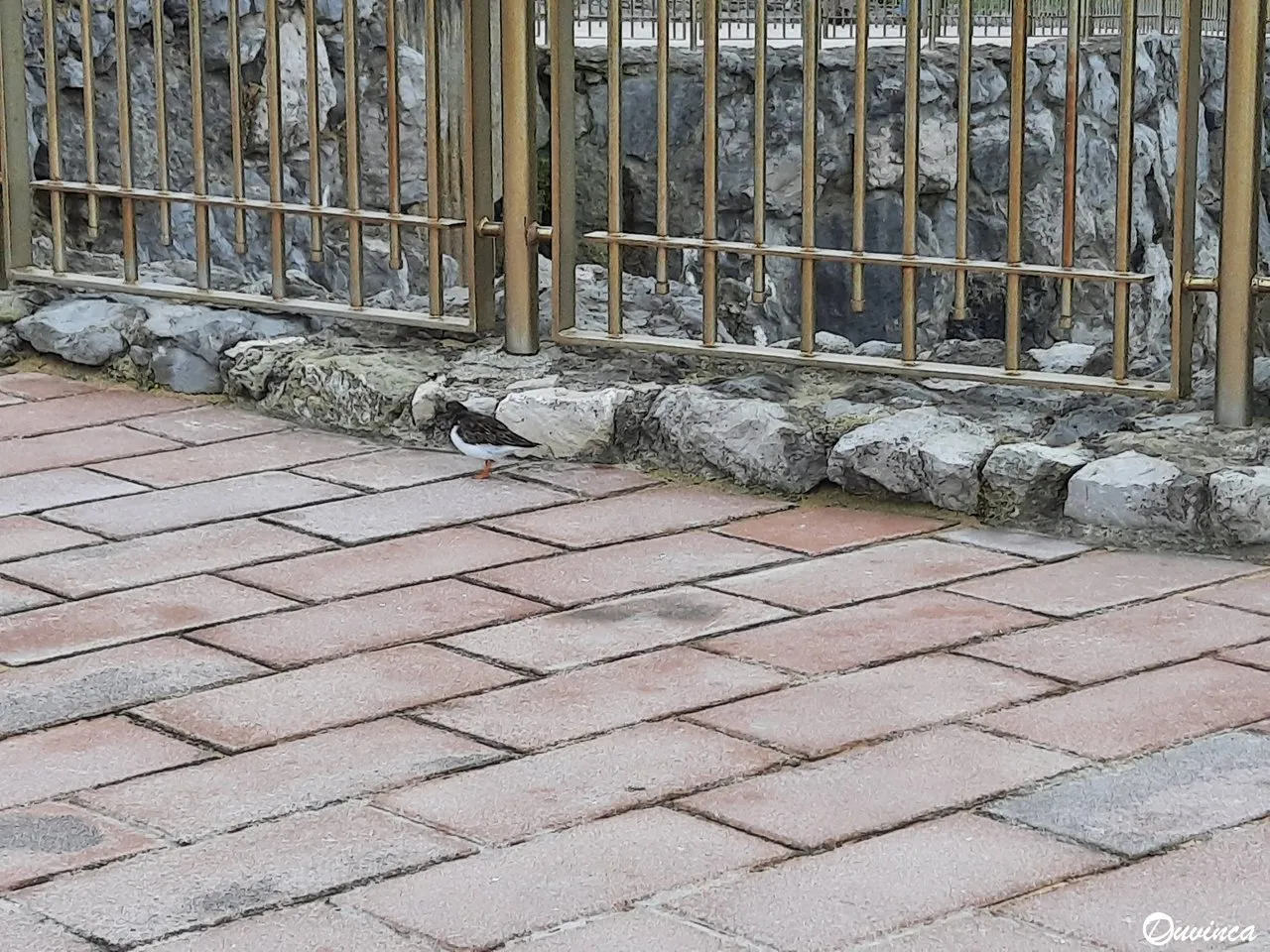

Until we are suddenly surprised by some caravels, three large ships, which are replicas of those three that once discovered America, you know (La Niña, La Pinta and La Santamaría, that's what they were called). There seems to be an open Naval Museum along with another even more curious ship... a raft with an indigenous or older appearance but which was a replica with which the Santander navigator Vital Alsar traveled the Ecuador-Australia route. The people of this area are very marine, brave and adventurous.
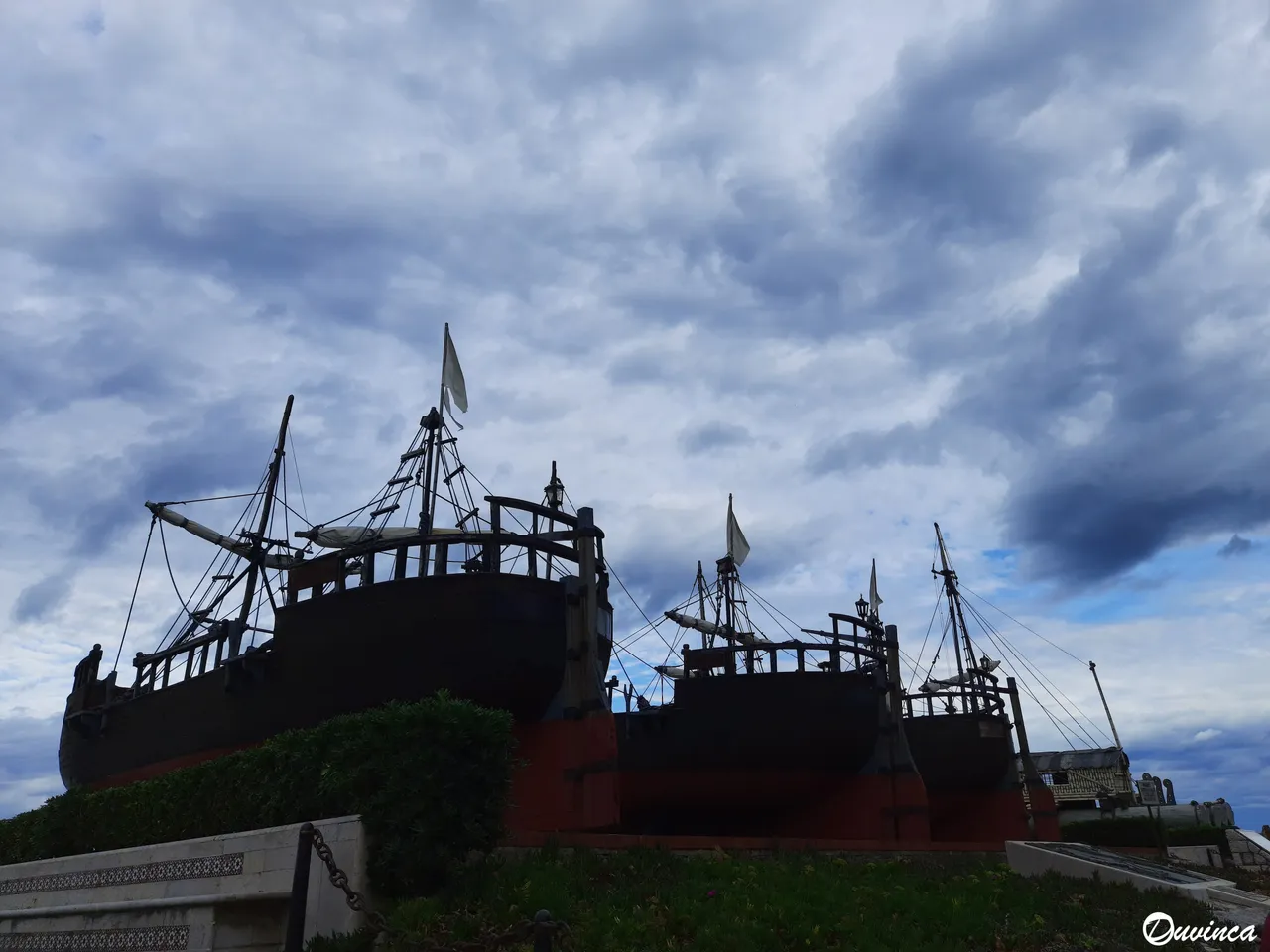

We continue a bit up the road but immediately we see the silhouette of a large building, the Magdalena Palace, which was recently the scene of a Spanish TV series called “Gran Hotel”. That palace was the summer residence of King Alfonso XIII between 1912 and 1929. There is a poster that explains how the citizens of the city, and the City Council decided to offer said territory to the kings for their enjoyment. I imagine that this way there would be more influx of people and more trade, and everyone would win, because otherwise it would simply seem to me that people continue to be too submissive and obliging, remaining poor while the usual enjoy, in this case, a palace and an environment that It is currently in the public domain and that all citizens can visit. In addition, it is also the headquarters of the summer courses of the Menéndez Pelayo International University, where some of its students can sleep in the old stables, which are now cute little well-equipped houses in front of one of the beaches.



And from the viewpoint on the outskirts of the Palace we enjoy the views of the sea, the horizon, the wild waves and an islet (islet of Corbera) on which a lighthouse appears, the Mouro Lighthouse. The image is unique.
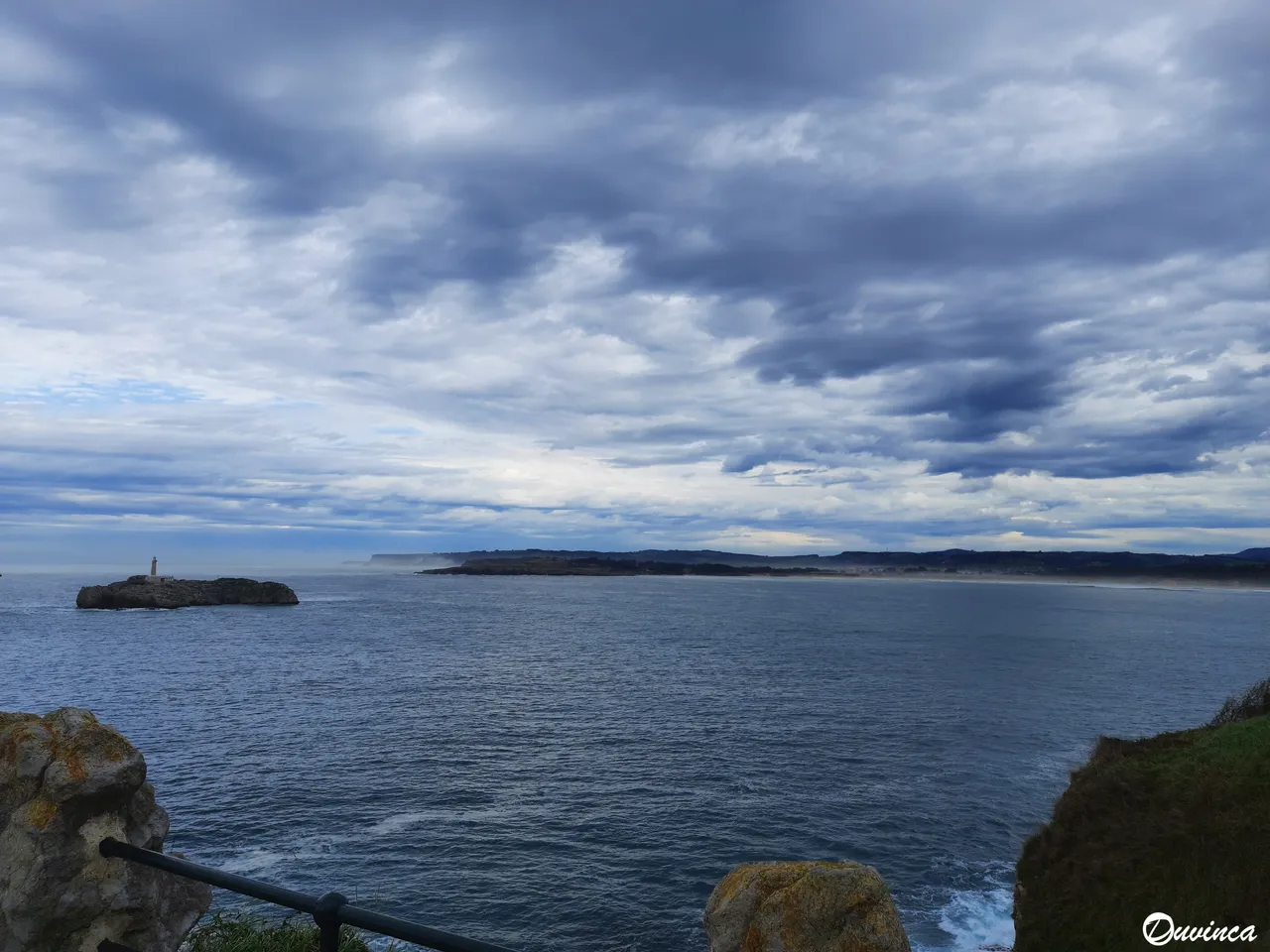

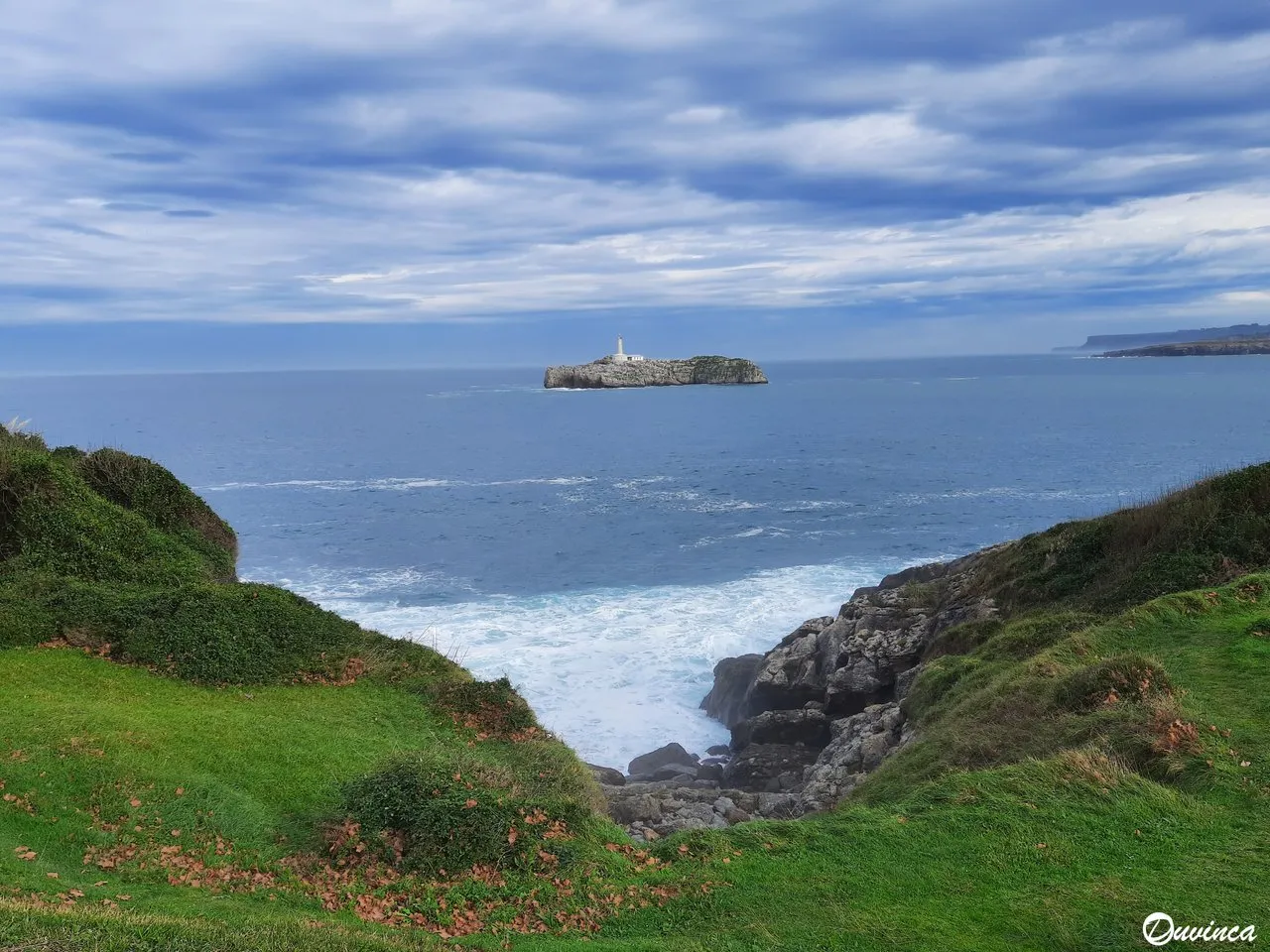
The way down on the other side is unique, we keep observing the see and the beaches on the other side and going through a pleasant forest, where there are also palm trees and more birds that fly carelessly... We walk carelessly too.



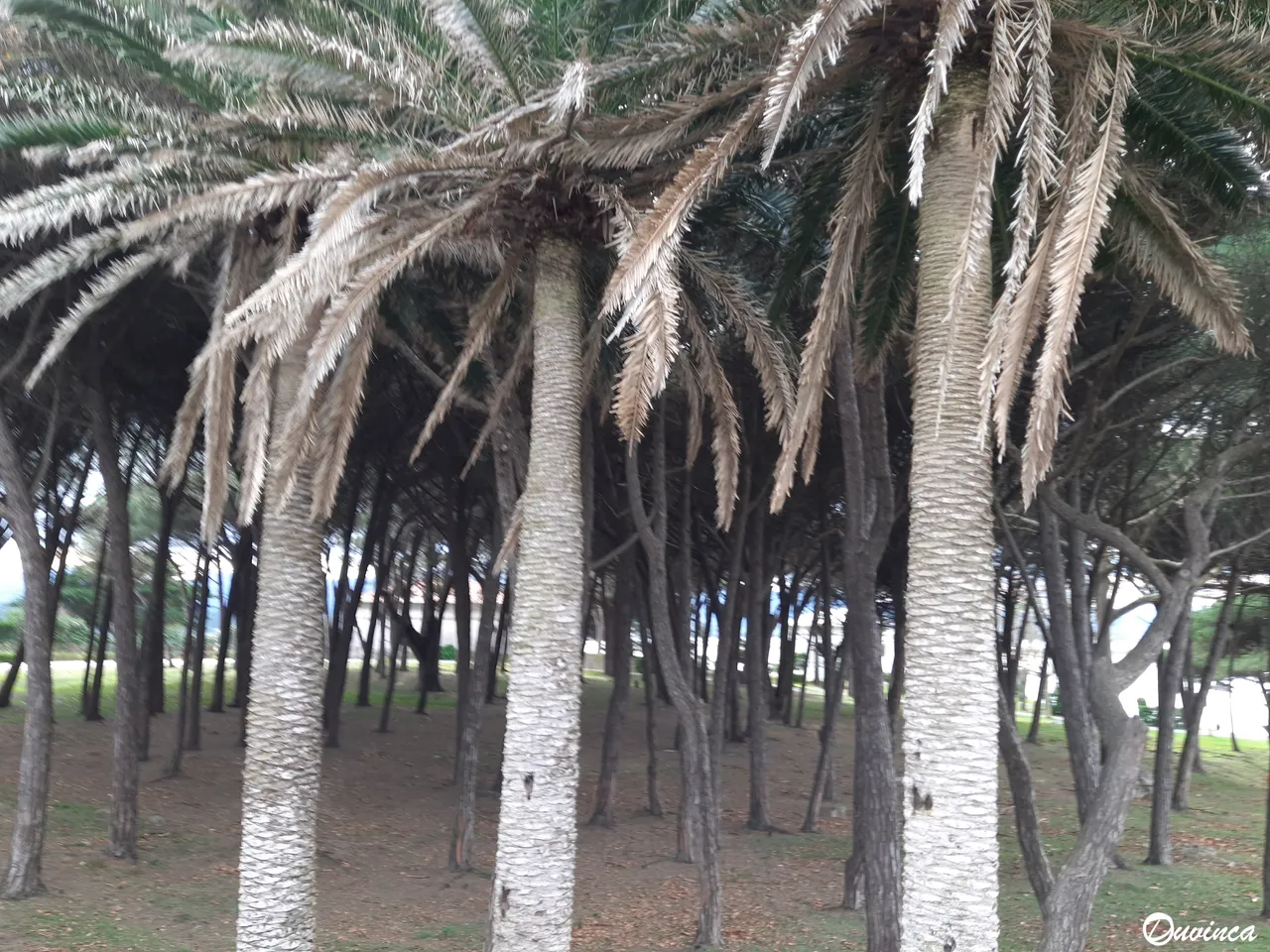
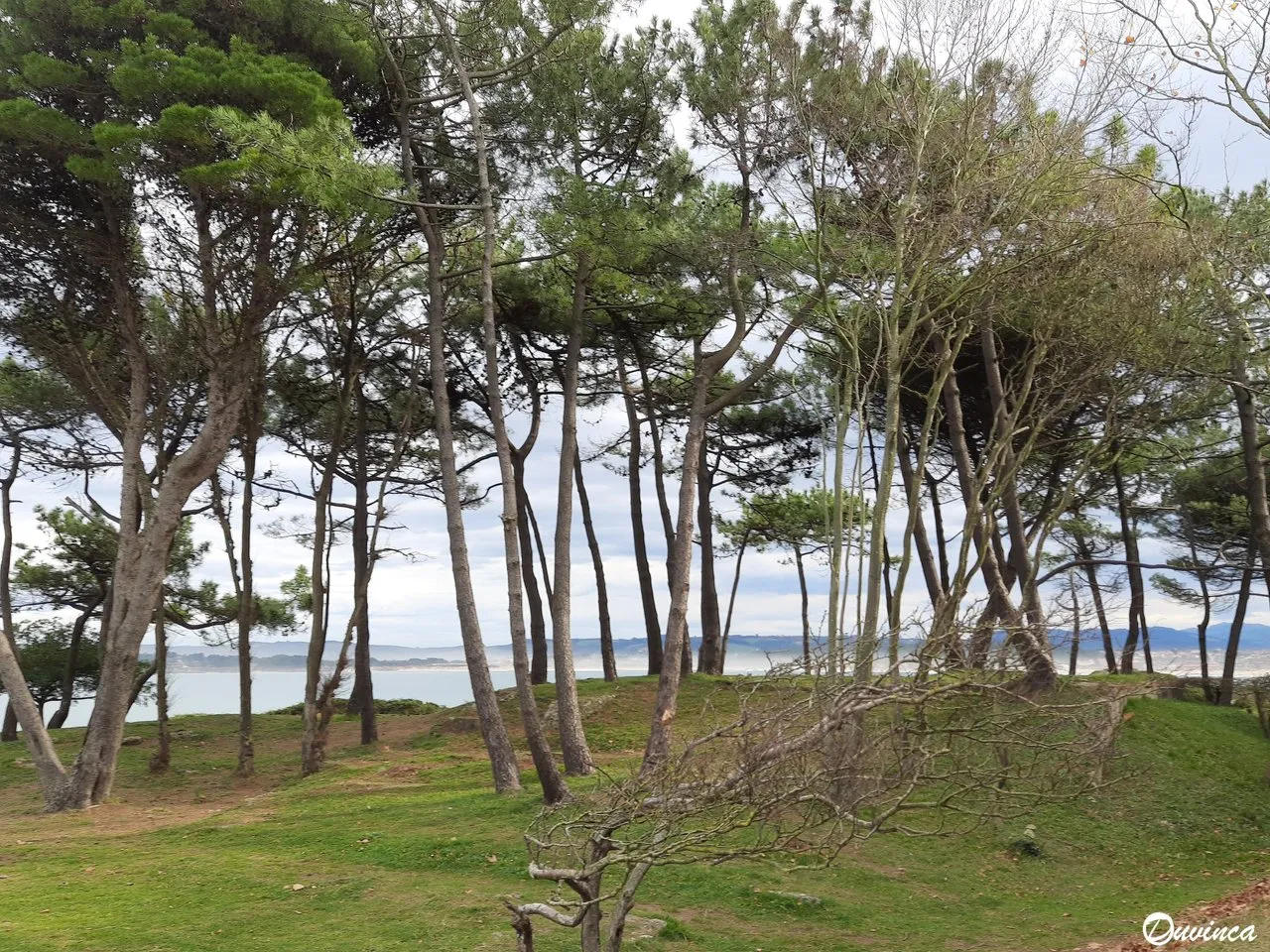


And suddenly we find a statue of a special person, Félix Rodríguez de la Fuente. A great science popularizer and naturist, who back in the 80s made the best nature and animal programs and documentaries on television, but who died at that time in a tragic plane crash while filming another series in Alaska. A pity, because his extraordinary connection with animals, his strong personality and his wisdom have come down to us.

And now, after going through the last peaceful stretch, next to a children's park, the Bikinis beach! and the view of the small Tower's Island, once again in the interior area of the bay, we are reaching the end of the route. We left the Magdalena peninsula with a feeling of peace and surprise, because we did not expect to see this on an urban tour of a regional capital. Everything here is different, curious and fascinating.
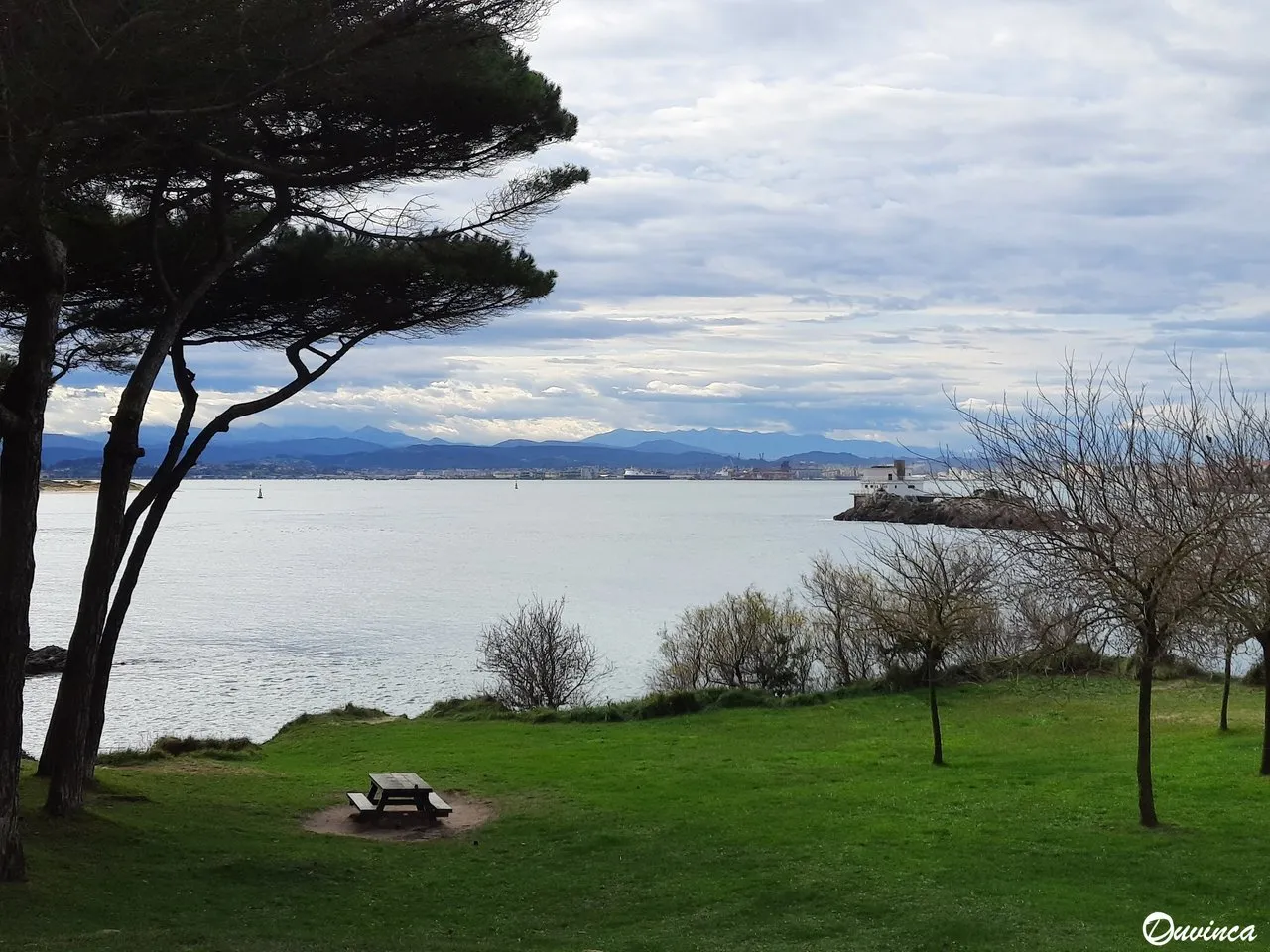
We will continue to see curious and charming things, in some other walk through Santander. Oh! and also other beautiful villages outside the city, to discover a little more the charm of the green lands of Cantabria.
More about Santander and its surroundings soon!
More tours and more about these days in Santander, Spain, here:
- Santander: the charm in the Cantabrian Sea (I)
- A magical tour around Christmas lights in Santander (II)
Thanks so much for reading! Have a charming and nice day!

The text is totally mine by ©Duvinca and the photos are mine too